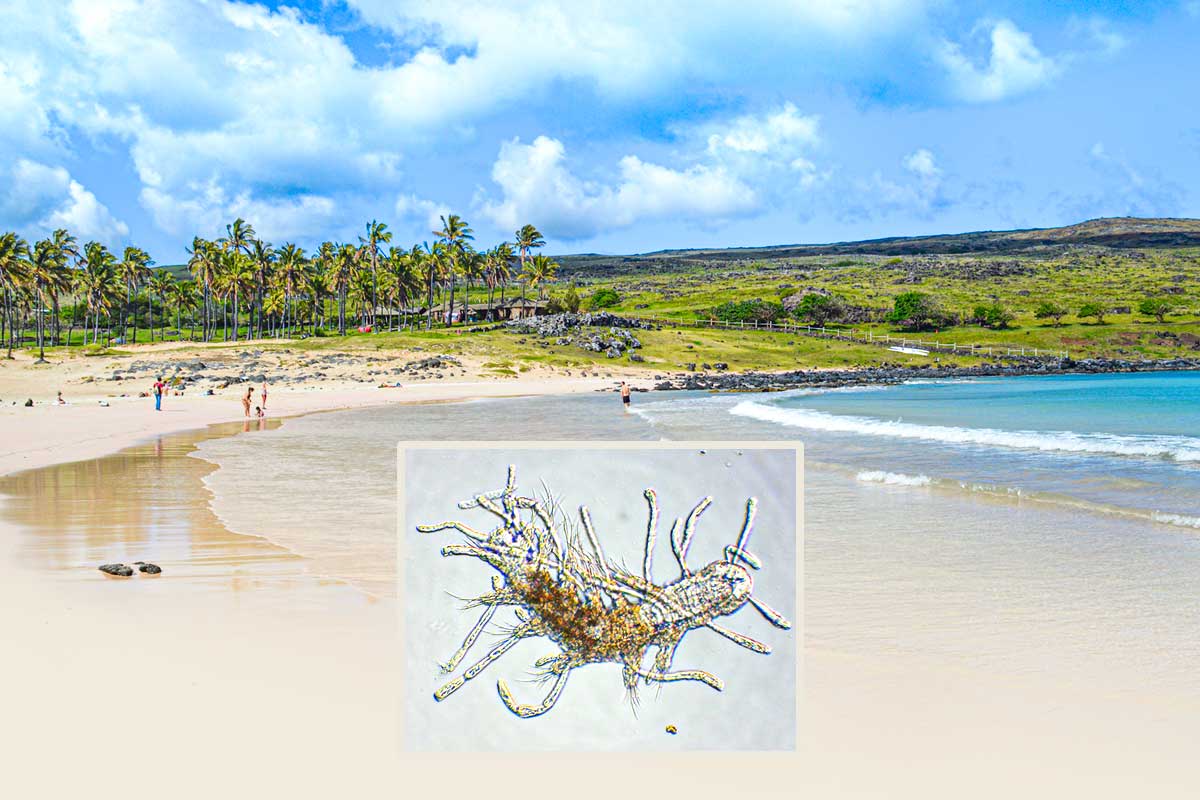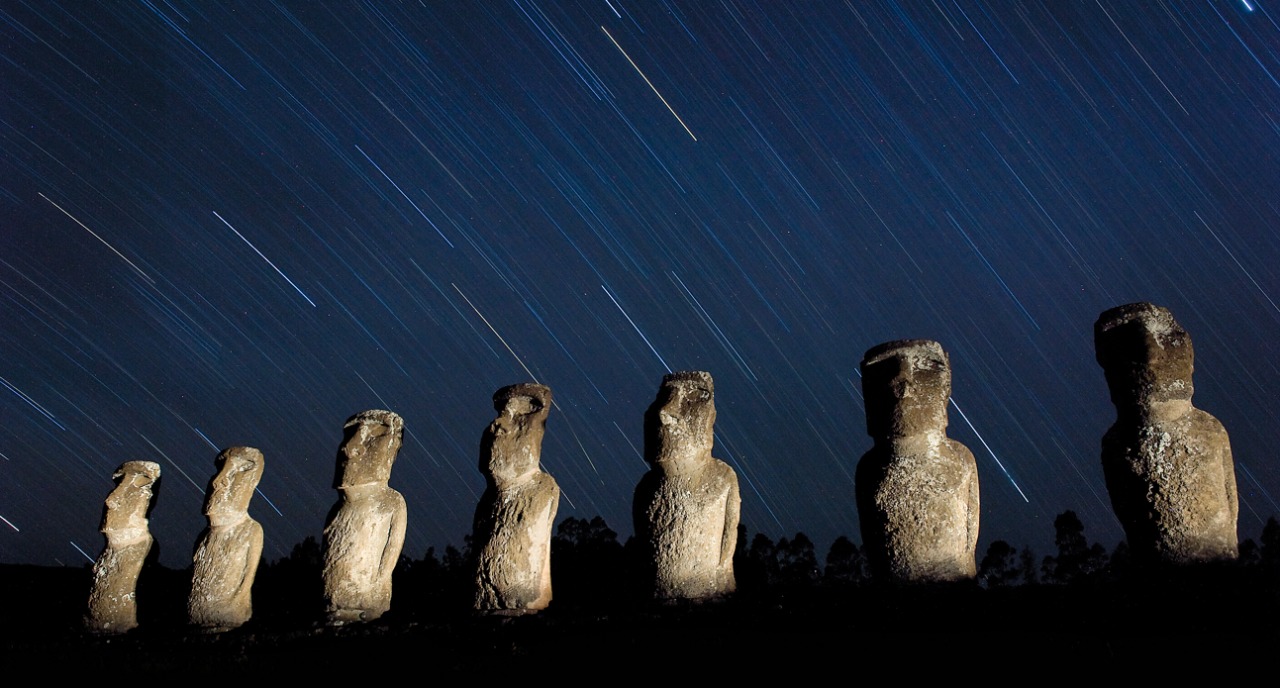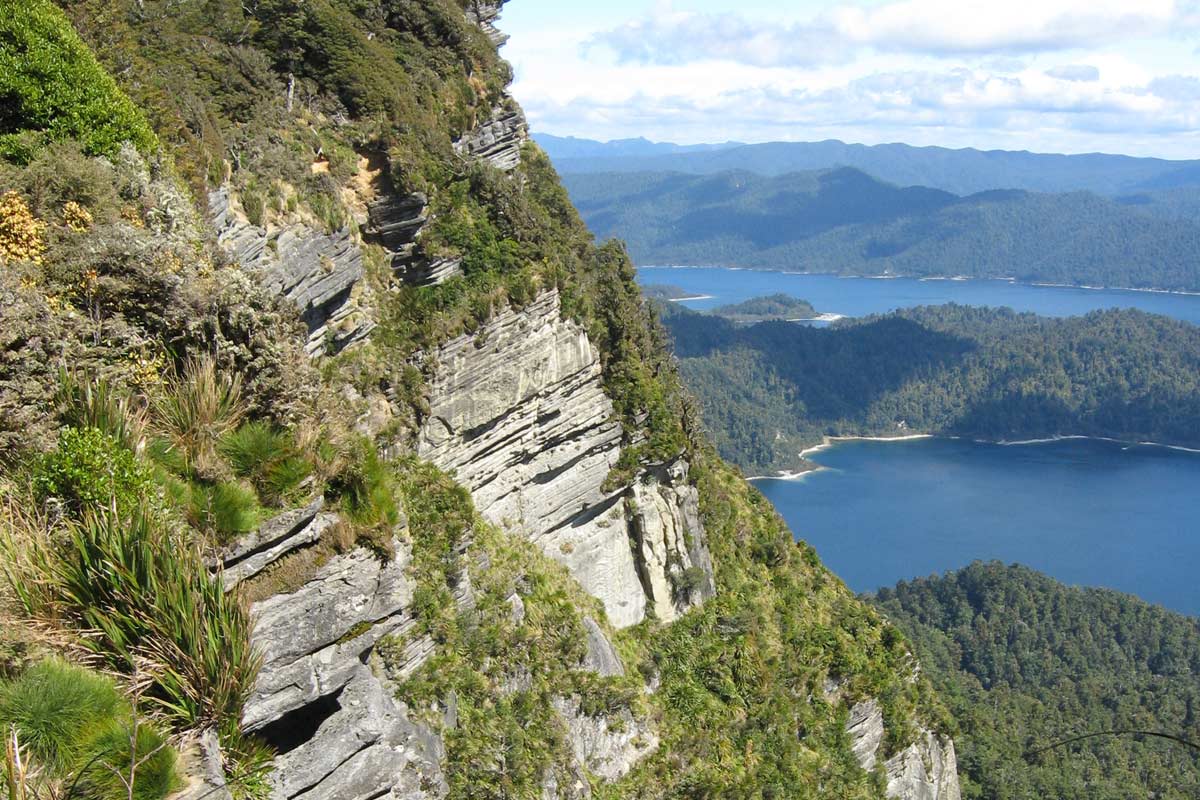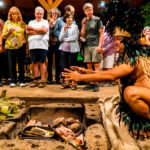Plastic contaminates the coast of Rapa Nui
Every year millions of tons of plastic are dumped into the oceans. The largest part of this rubbish ends up floating in the so-called “Great Pacific Garbage Patch”, contaminating the marine life. Rapu Nui receives the rubbish from the South Pacific Gyre.





To share the message of the global impact that contamination has, the researchers have invited scientists and other professionals to join their expeditions. At each stop they offer educational programs in the schools and Rapa Nui was no exception. At the Colegio Lorenzo Baeza Vega, they explained to the students the poisonous effects of pollution in the sea and the importance of caring for our environment.
Featured Reports:
Small Life in the Sand of Rapa Nui
In the sand of Rapa Nui there are animals so small that they can hardly be seen with the bare eye. You need a microscope to see them. These animals live in the small spaces between sand grains.
PURE The Endangered Sea Snail
PUREThe Endangered Sea Snailby Ernesto Díaz CabreraEstudiante Doctorado en Ciencias, mención Ecología y Biología Evolutiva de la Universidad de ChileDoctoral candidate in Science of Ecology and Evolutionary Biology, University of ChilePure is a sea snail which has...
Magnetism on Rapa Nui
Magnetism on Rapa NuiAmong the sites most visited for their supposed magnetism are the large oval rock called Te Pito Kura and a section of the road to Anakena, about half a kilometer from the beach. Illusion or reality? What do the scientists say?by Cristian Moreno...














